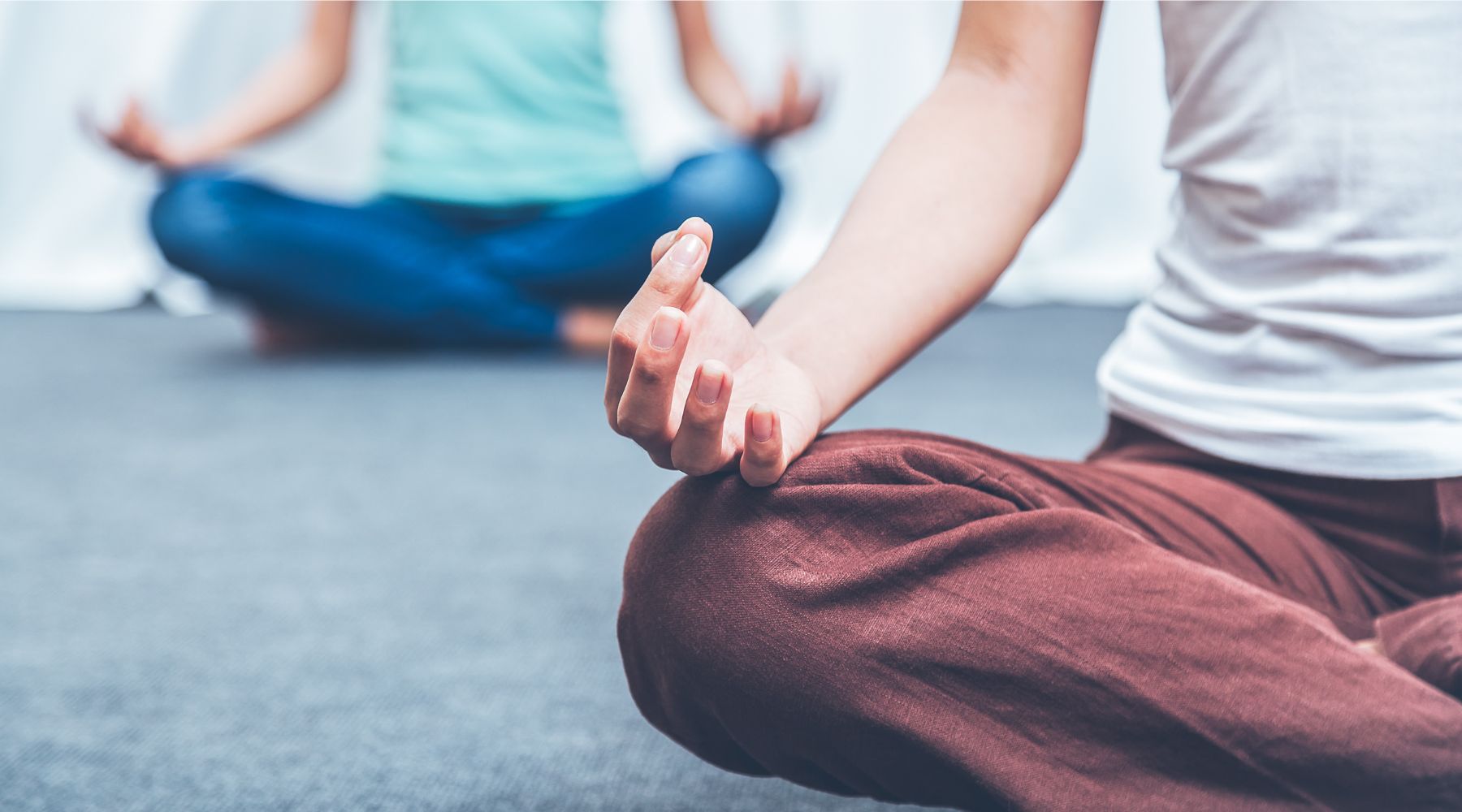
Your Daily Path to Spiritual Growth
Beginning Your Journey Within
In a world filled with constant notifications and demands, the search for inner quiet has become a necessity. This is the essence of a personal growth journey—a conscious return to oneself.
Many of us feel a subtle hum of disconnection, a sense that we are moving through life without being fully present. Spiritual growth is not about complex rituals or distant philosophies. It is built through small, consistent daily spiritual habits that act as a bridge back to your inner self. This path is about progress, not perfection, and every small step you take is a meaningful act of self-care. Before diving into the "how," it is important to understand the "why" of spiritual development. We will explore simple yet powerful practices like setting intentions, embracing gratitude, connecting with nature, and finding moments of stillness to guide you back home to yourself.
Starting Your Day with Clear Intention

An intention is not another item on your to-do list or a goal to achieve. Think of it as a compass for your energy, a guiding principle that shapes how you show up for the day. It sets the tone for your interactions, decisions, and inner state.
Setting an intention is a simple morning ritual that can ground you before digital distractions take over.
- Upon waking, before reaching for your phone, take three slow, deep breaths.
- Ask yourself: "What energy do I want to bring to my day?"
- Formulate a simple, positive statement that reflects this, such as "Today, I will move with patience" or "I will find moments of joy."
This simple act focuses the mind and aligns your actions with your deeper values. As research highlighted by Psychology Today suggests, setting intentions enhances mindfulness and empowers you to take an active role in your day. It is a proactive way to shape your experience rather than just reacting to it. For those wanting to deepen this practice, this approach aligns with powerful techniques like using one of our custom manifestation meditations to direct your energy with even greater focus.
Cultivating a Spirit of Gratitude
Gratitude is a cornerstone of spiritual practice because it gently rewires our perspective. It shifts our focus from what we feel is lacking to the abundance that already surrounds us. It’s the practice of noticing the good, no matter how small.
Here are a few practical ways to invite more gratitude into your life:
- The Gratitude Jar: Write down moments of joy on small slips of paper and collect them in a jar. On difficult days, you can pull one out as a tangible reminder of the good in your life.
- Three Good Things: Before sleep, reflect on three things that went well during the day and your role in them. This trains your brain to scan for positives.
- A Gratitude Walk: Take a short walk with the sole purpose of noticing things you appreciate—the warmth of the sun, a friendly smile, or the color of the sky.
This is more than just positive thinking. Research from Harvard Health Publishing confirms that practicing gratitude can increase happiness and build emotional resilience. When you are going through a tough time, it can feel challenging. Start small. Can you be grateful for your breath? The comfort of your bed? The first sip of tea? These small acknowledgments create a foundation for a more optimistic and peaceful state of being.
| Practice | Focus | Best For |
|---|---|---|
| Gratitude Jar | Accumulating positive moments | A long-term, visual reminder of abundance |
| Three Good Things | Reflecting on daily positives | A simple, end-of-day wind-down routine |
| Gratitude Walk | Mindful observation of surroundings | Combating stress and feeling grounded outdoors |
| Gratitude Letter | Deepening connection with others | Expressing appreciation and strengthening relationships |
Finding Connection in the Natural World

There is an inherent spiritual connection between humans and the natural world. Stepping outside can feel like coming home, reducing mental fatigue and reminding us that we are part of a vast, interconnected ecosystem. You do not need to hike a mountain to experience this profound sense of belonging.
This connection is accessible everywhere. In a city, you can find a local park and sit on a bench without your phone, simply observing. You can tend to a few houseplants on your windowsill or open a window to listen to the morning sounds. This practice has tangible benefits, as spending time in nature is known to lower cortisol, the body's primary stress hormone. The key to these spiritual growth practices is to engage all your senses. Feel the breeze on your skin. Listen for the sound of birds or rustling leaves. Smell the scent of rain on pavement or freshly cut grass. This sensory engagement grounds you in the present moment.
This practice helps ground our energy, connecting us to the earth. For those interested in how this relates to the body's own energy systems, learning about the seven chakras and their colors can offer deeper insight into this powerful connection.
Creating Space for Stillness and Reflection
Stillness is a vital antidote to the constant noise of modern life. It is not about achieving a perfectly empty mind, which is a common misconception that discourages many. Instead, it is about creating a quiet space to observe your thoughts and feelings without judgment, like watching clouds pass in the sky.
Think of meditation as simply sitting with yourself. Even five minutes a day can make a difference, as consistency is more important than duration. A simple way to begin is to focus on your breath, noticing the sensation of air entering and leaving your body. You can even find meditative moments in everyday routines; for example, learning how to practice shower meditation can be a gentle entry point.
Journaling is another powerful tool for reflection. It is a conversation with yourself that can untangle thoughts and provide clarity. Here are a few reflective prompts that serve as excellent self-awareness tips:
- What did I learn about myself today?
- Where did I feel most at peace?
- What is one thing I can let go of right now?
Regular practice of stillness strengthens the parts of the brain associated with focus and emotional regulation. Ultimately, creating space for stillness is an act of listening to your own inner wisdom, which is essential for authentic spiritual development.
Weaving These Habits into Your Life

The most common obstacle to building new habits is feeling "too busy." The key is to integrate these practices into your existing routine rather than adding more to your plate. Try "habit stacking" by pairing a new practice with something you already do. While your morning coffee brews, think of three things you are grateful for. While brushing your teeth, set your intention for the day.
Create a small, dedicated corner in your home that signals it is time for your practice. It does not need to be elaborate. A comfortable cushion, a candle, a plant, or a favorite crystal can transform a simple space into a personal sanctuary. You can find beautiful items in our wellness merchandise collection to help define this sacred space.
Remember, this is your unique personal growth journey. Some days you will feel connected and inspired; other days you might forget your practice entirely. Be compassionate with yourself. The goal is a joyful, sustainable routine, not a rigid regimen. Over time, these individual daily spiritual habits weave together, creating a profound shift in your self-awareness and inner peace that transforms your entire experience of life.


